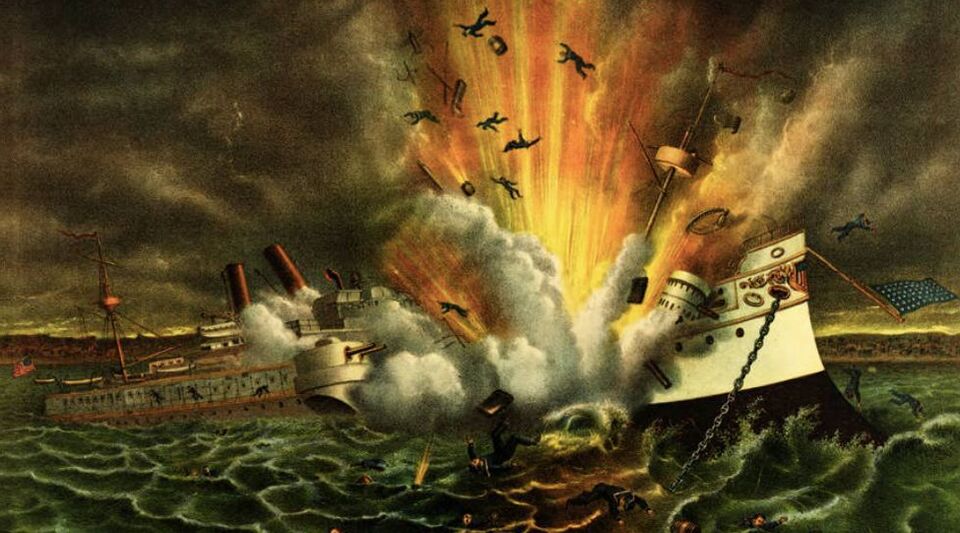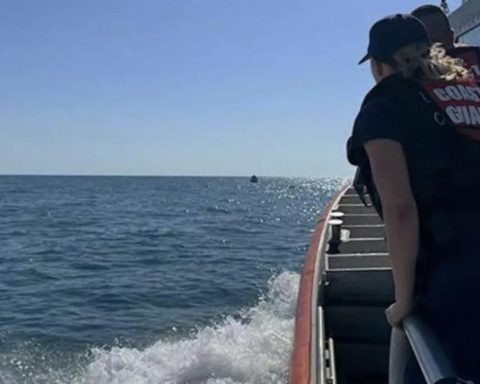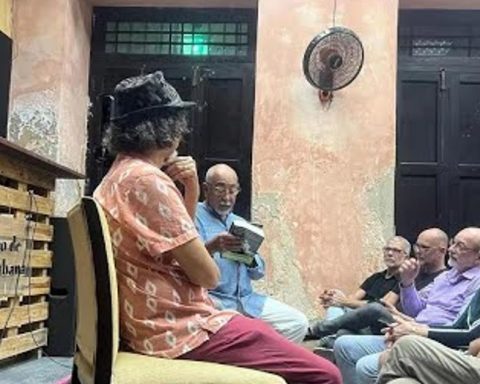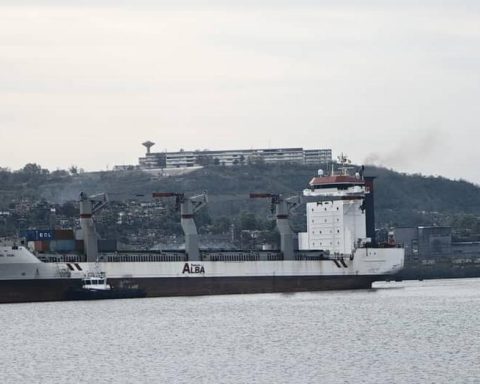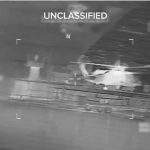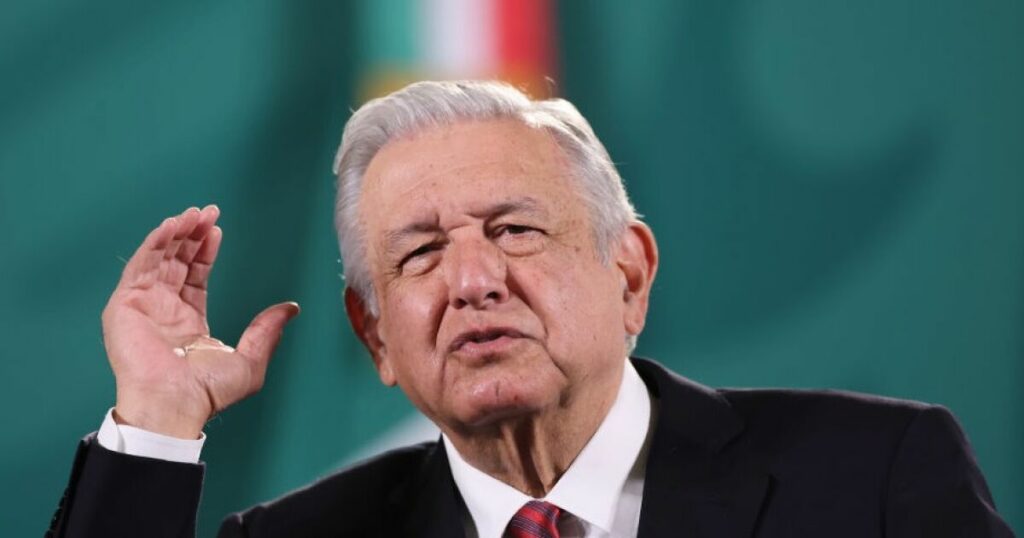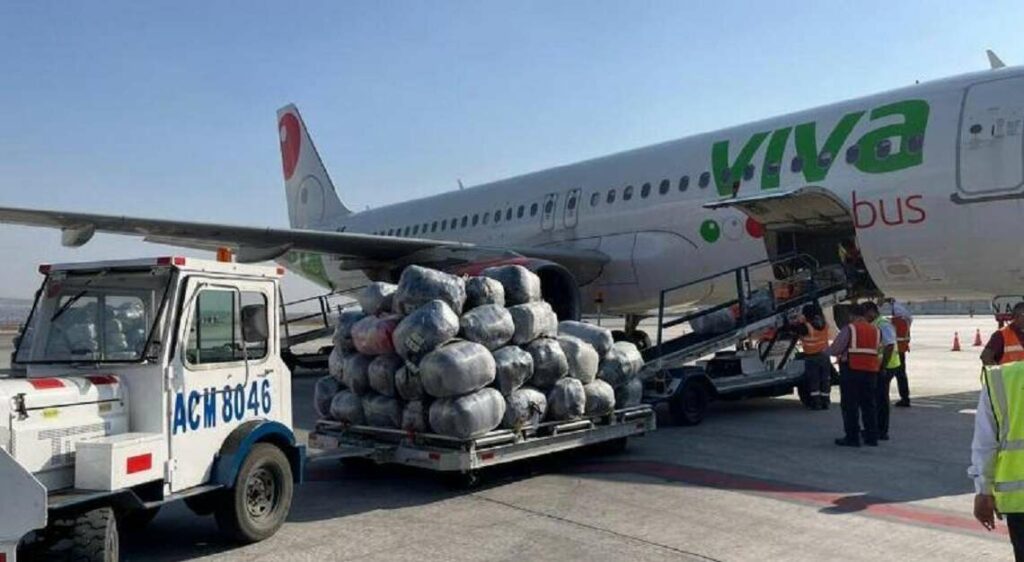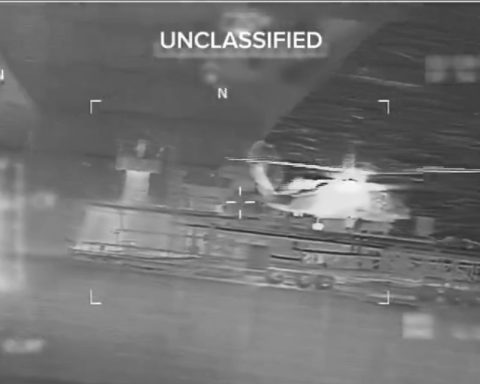As every February 15, official propaganda dusts off its theories about the explosion of the American battleship Mainesunk in Havana Bay in 1898. After 125 years, the version of the “self-sabotage” of the ship by the US as a pretext to intervene in Cuba’s war against Spain continues to be taught in schools and reported in the press as irrefutable truth.
Although the “blasting” of the Maine It is the cornerstone of the regime’s historiography against the US, none of the investigations carried out in the past have been conclusive about the cause of the explosion. Why does Havana continue to manipulate the facts with such insistence? The answer of cubadebate It is clear: this version is defended because “it sustains the irrational blockade policy”, another ideological joker of the regime.
This Wednesday, the official newspapers assert that the battleship was sent as a “steel Trojan horse” to the Island. Knowing “the truth”, however remote it may seem, means winning the “battle of ideas to which it is consecrated the Cuban people”.
The ship that exploded in the Havana port in February 1898 was a second class military vessel, 98.9 meters long and 17.37 meters wide, prepared to open fire on both sides and with a ram on the bow. Its launching took place on November 18, 1889, but it did not enter service until six years later. The officer who took him to Havana as part of a “friendly visit” in January 1898 was Captain Charles Dwight Sigsbee.
This Wednesday, the official newspapers state that the battleship was sent as a “steel Trojan horse” to the island
Granma selected and played various telegrams of Captain Sigsbee, the US Consul on the Island and the US Secretary of State, whose placement suggests that the Maine was not in Havana to protect the citizens of that country present in Cuba, but rather “had an ulterior purpose”: to produce an “agitation” against the autonomous government of the island -constituted only a few weeks ago- and to achieve “with all probability” a protest.
From this correspondence, which only refers to the climate of political tension that prevailed at the time, the Communist Party newspaper draws a conclusion: the explosion was caused “by the Yankees themselves” to interfere in an “other people’s war”, which was already “virtually won” to Spain by the Cuban Liberation Army.
254 sailors and six officers died, of the 328 enlisted. It was a crew made up of American citizens of German, Swedish, Irish, Norwegian, Danish, and even Russian and Finnish origin. In Cuban schools, however, it is still taught that “the majority of the crew were black” and that the ship’s staff had abandoned them in the bay to die. Own cubadebate He admits that this information is a flagrant lie, although he only acknowledges that it has been disclosed in Cuban education “sometimes.”
The only truth in the version of events repeated by the regime was the media hysteria that followed the event, the responsibility, to a large extent, of two famous American press magnates at the time: Joseph Pulitzer and William Randolph Hearst.
with the slogan Remember the Maine –recycled in 1961 by the pro-government singer Carlos Puebla as Remember Giron– US newspapers created an unfavorable opinion of Spain among readers, which undoubtedly facilitated the recruitment of young people to participate in the war.
“With the Maine the independence of Cuba collapsed”, they conclude Granma and cubadebatealso manipulating a few quotes from the book How the battleship Maine was destroyedby American Admiral HG Ricover, without mentioning that this author does not find the “self-sabotage” hypothesis viable either.
The Cuban historian Manuel Moreno Fraginals, in his book Cuba/Spain, Spain/Cuba (1995) –one of the most reviled by the regime– affirms that the government of Fidel Castro gave the explosion “the easiest and most convenient interpretation”, in the purest propaganda style of the cold war, when “in reality it did not There is only one test that leads to such an interpretation.”
“The Americans had plenty of political reasons and domestic public opinion to take part in the conflict without resorting to the dangerous extreme of blowing up one of their navy cruisers, killing [a más de] 250 marines. The Spanish had even less reason to carry out sabotage of this category. For Cubans it was almost impossible,” continues Moreno Fraginals.
An updated study on the subject, by the Spanish historian Tomás Pérez Vejo ( July 3, 1898, the end of the Spanish Empire2020), agrees that the US intervention was going to take place anyway, “regardless of the causes of the collapse of the Maine“. The problems, he says, were “more fundamental”.
In addition to all this, the official Cuban press is especially offended by a theory that involves not the “self-attack” by the US or an aggression by Spain. It is about the possibility that the Cuban insurgents have caused the explosion, outraged with the passivity of the US in the face of the independence cause, to force them to intervene.
Regardless of the propaganda, Cuban, Spanish and American historians agree that the most likely explanation is an accident.
This hypothesis, picked up among others by the classical Cuba: the fight for freedom (1973) by the English historian Hugh Thomas, describes that by 1898, the since of annexation to the United States was not strange to a faction of the rebels. Those who most fervently opposed union with the north were José Martí and Antonio Maceo. Both had died. “Cubans were capable of such an act, as anyone would be after three years of all-out war,” Thomas suggests.
Even a serious naval historian like the Cuban Gustavo Placer Cervera continues to tear his hair out at this possibility. Their argumentsHowever, they are not very objective and border on naive: “Terrorism was not the method of struggle of the Cuban independentistas,” he affirms. The Cubans did not want to “change ownership” and the US was an “allied country” for the insurgents.
Regardless of the propaganda, Cuban, Spanish and American historians agree that the most likely explanation is an accident. “He Maine it exploded because it carried a large amount of the new gunpowder needed for the heavier guns and which, in its early years, often caused explosions,” Thomas ditch.
The ship remained in the bay until 1911, when the US pulled the wreck and the corpses of the crew out of the water. On March 16 of that year, the Maine was towed several miles from the Havana port and, after several salvo shots to honor the dead Marines, she was sunk again at a depth of more than 1,000 meters.
________________________
Collaborate with our work:
The team of 14ymedio He is committed to doing serious journalism that reflects the reality of deep Cuba. Thank you for accompanying us on this long road. We invite you to continue supporting us, but this time becoming a member of our newspaper. Together we can continue transforming journalism in Cuba.
